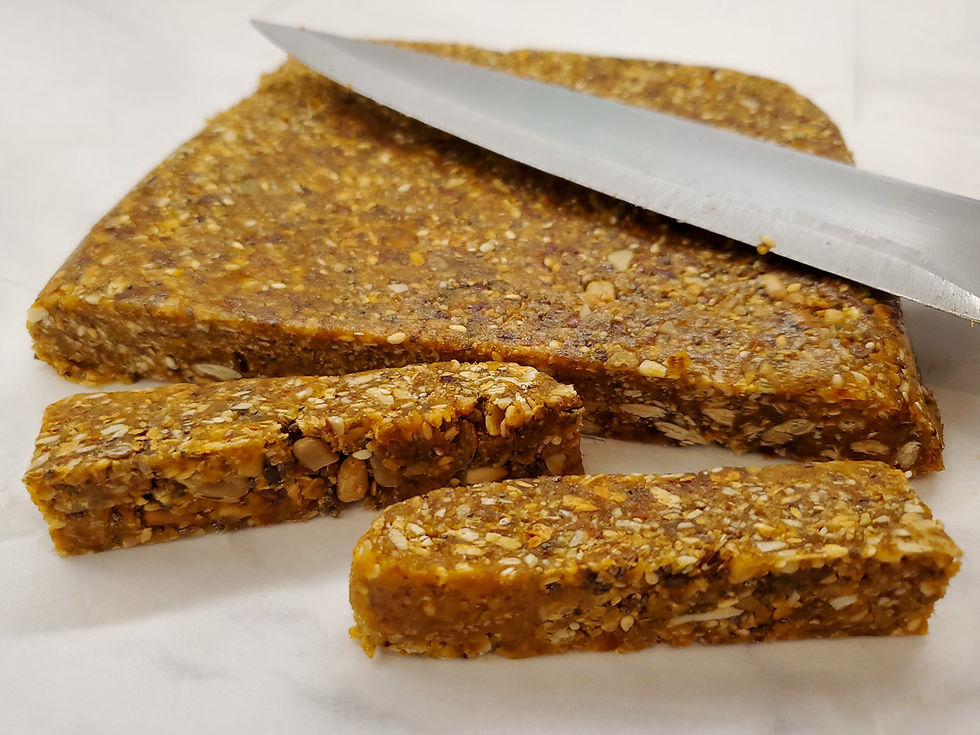Baby Purple Brussels Sprouts
- Cathy Dyer

- Jun 24, 2019
- 2 min read
Packed with vitamins K and C, and the minerals Manganese, Iron, and Phosphorus

The Fresh Market in Cameron Village, Raleigh, North Carolina just received a shipment of these beautiful baby purple Brussels sprouts. Oh my! They are flying off the shelves.

Look how gorgeous they are when cut open!
So what makes them purple? Brussels sprouts are related to cabbage, both of which can be green or purple. Purple color in fruits and vegetables can come from the presence of phytochemicals called anthocyanins which belong to the parent class of molecules called flavanoids. There are more than 400 known anthocyanins.
There are many websites which will tell you anthocyanins are antioxidants with health benefits including protection against heart disease and reducing the risks of developing cancer. Sorry to kill that buzz, but there has been no conclusive evidence that anthocyanins act as antioxidants in the human body or that there is any health benefit from eating foods with anthocyanins in them. See my blog post about phytochemicals here: Why Eating the Rainbow Matters. Just enjoy the purple color because it is pretty.
Brussels sprouts, whether green or purple, are packed with vitamin K (169% DV), vitamin C (102% DV), and the essential minerals manganese (16% DV), iron (11% DV), and phosphorous (10% DV). There is so much vitamin K, a blood-clotting factor, in Brussels sprouts anyone taking anticoagulants needs to be careful not to eat too many.
DVs, or daily values, are based on a 2,000-calorie diet for healthy adults. It tells you whether a food is high or low in a specific nutrient, defined as follows:
Low: 5% or less of a nutrient
High: 20% or more of a nutrient
I sprinkled mine with salt and pepper and roasted them in olive oil. Download How To: Roast Any Vegetable for general vegetable roasting instructions.





Comments